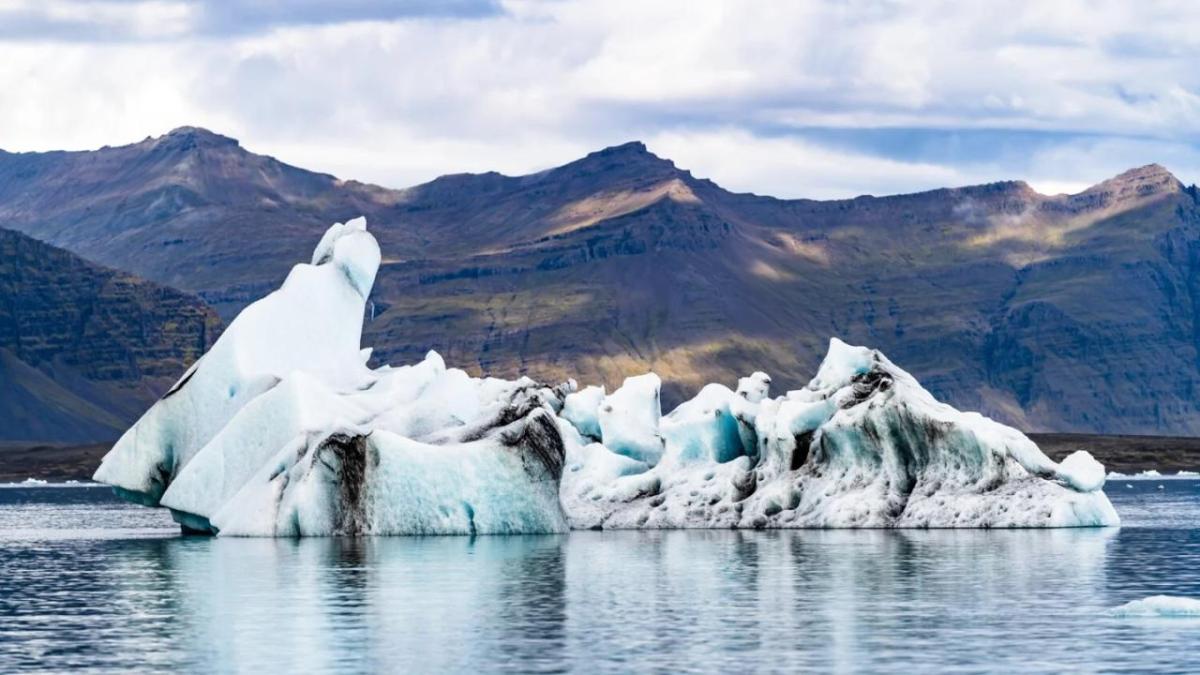What American Early Technology Adopters Really Think About Climate-Related Future Challenges
Early tech adopters in the US expect connectivity and Information and Communications Technology (ICT) to be critical solutions enabling us to live in a warmer world.

Originally published by Ericsson
American consumers believe innovations in ICT products and services will help them cope with climate change. Explore trends in the full Ericsson ConsumerLab report
Can you recall how much $50 used to stretch when getting groceries or filling up your car with gas? Americans today feel the pinch in their wallets as living costs continue to soar, yet this trend may continue as the world faces escalating impacts of climate change. Our latest consumer report unveils what American early technology adopters think about climate-related challenges in the coming decade and what tools will help them adjust to a new reality.
Climate change is already a concern for most Americans. As many as eight in ten early adopters believe global temperatures will rise by 1.5°C in the 2030s, and over 40 percent expect global warming to have negative effects in their daily life. The US government shares the consumers’ concern for higher costs of living and natural disasters and is focusing on investing in innovative climate-change solutions. Recognizing the threat to the planet and economic growth and the urgency to take action, it has set up measures such as the National Climate Task Force to build a clean energy economy.
Over half of the consumers agree that technological innovations will be crucial in helping them adapt to a world with more limited resources and energy; almost all early adopters say they will use at least one connected service. Our report identifies consumer trends for Information and Communications Technology (ICT) services and products that American consumers see themselves using in the 2030s.
More bang for your buck
American consumers want simpler ways to manage their expenses. In our survey, US consumers are looking for innovative solutions to reduce energy bills, upgrade their appliances, weatherize their homes and commute to places more efficiently. Most believe digital services will help them manage the increasing living expenditures in the future.
To cut down on energy costs, consumers believe future connected services and products will help them use energy more wisely. Over 80 percent of consumers predict that personal electricity consumption monitors will be available, and almost half say they would personally use them to track their energy use. A third foresee an online energy savings account where a family can pool energy and over half think there will be potluck energy party apps. Seven out of ten see themselves selling energy from AI-controlled small solar panels at home and using kWh as currency on mobile apps.
Inflation is viewed by Americans as a top concern facing the nation today, so it’s not surprising that grocery shopping and preparing meals are also significant concerns for consumers. Finding ways to provide cost-effective meals for them and their families is something they hope connected services can help with in the future. Around 70 percent believe that technologies such as a connected recipe assistant, Artificial intelligence- (AI)-powered food price optimizers and apps that notify them when food is discounted will be in use in the future.
It’s energy o’clock
Most consumers believe there will be a mindset shift in how they plan their day-to-day lives; it will revolve around fluctuating energy costs instead of time efficiency. About 40 percent predict commuter passes will offer bonuses during off-peak energy travel, and they’ll be able to use apps to find the best time to charge their cars. They also expect technology to provide them with a more flexible lifestyle, like having event tickets that adapt the start time based on their availability. Three out of four say energy-based travel planners will become common and that an AI assistant will optimize their daily activities within walkable distances to reduce costs.
Disaster-proofing
Hearing about and experiencing floods, storms, wildfires and other natural disasters will be more frequent and extreme as climate change progresses, and naturally, consumers want to stay safe. Eight out of ten predict there will be personalized weather warning systems and almost half want to use this service in the future. About a third also anticipate a climate-disaster-proof home alarm system, will consider wearing intelligent extreme weather jackets and are interested in using AI services to invest in green technologies.
Staying in touch with family and friends is also an essential human need for consumers, especially during disruptive events. Reliable connectivity that they can depend on whenever and wherever is a trend consumers predict in the 2030s. About three-quarters also foresee mobile operators offering resilient subscription plans and nearly 40 percent want to use them. Almost 80 percent of consumers say there will be smart signal locators in the future and a third think personal, local weather warnings will help them avoid danger and be prepared for incoming weather.
As Americans face more water shortages, future connected services will help them access a steady freshwater supply. Four out of ten want to use built-in sensors at home to monitor water use, and 64 percent predict they will have digitally regulated monthly water allowances. About 44 percent expect to use smart water catchers on their roofs and over half also believe mobile apps will let them sell any surplus water.
Creative immersive
Consumers expect using AI and Augmented reality/Virtual reality (AR/VR) to be part of their future everyday lives. Three-quarters predict companies will provide AI assistants, and an AI service will schedule their optimal workday. Between 30 to 50 percent believe AR/VR will give them an immersive digital presence at work.
If you can’t go out to see nature, you can bring nature to you. About 40 percent of Americans want to use a virtual travel service to enjoy the outdoors. From VR boats to AR glasses to go on safaris, 60 to 70 percent of consumers predict this will be the future of travel.
The 2030s will also be more digital than physical when it comes to owning things. Consumers predict that people will move away from physical overconsumption and move towards having digital items instead. Around 73 percent say future shopping apps will help them find alternative digital items and 64 percent believe a connected AI will prevent unnecessary purchases. Three quarters of consumers also see that AR/VR devices will help eliminate branding and product info, and a third say they will personally use low-environmental impact packaging. When it comes to staying fit, 78 percent will use AR/VR glasses to attend exercise classes at their convenience.
The good, the bad and the ugly
Adapting to the consequences of climate change starts now. The concerns about costs, energy, food and safety are already a worry for American consumers today. Whether it’s our homes, work, schools or travel, how we live will change due to new challenges the climate crisis brings. While consumers will use innovations for good and to improve their lives, many consumers also expect to use them for more selfish motives. This stems from concerns about stricter environmental restrictions or rationing of energy and water in the future. Almost all Americans (91 percent) know climate change is a reality. About 70 percent say they will use digital technology to bypass environmental restrictions, such as manipulating home air-conditioners and heaters.
About the report
Ericsson's ConsumerLab studies the use and role of technology for consumers now and in the future. We speak with over 100,000 consumers each year, representing over 1.1 billion voices. While for decades, personal finances, healthcare and safety have been a top worry for consumers worldwide, climate change is now a major concern.

